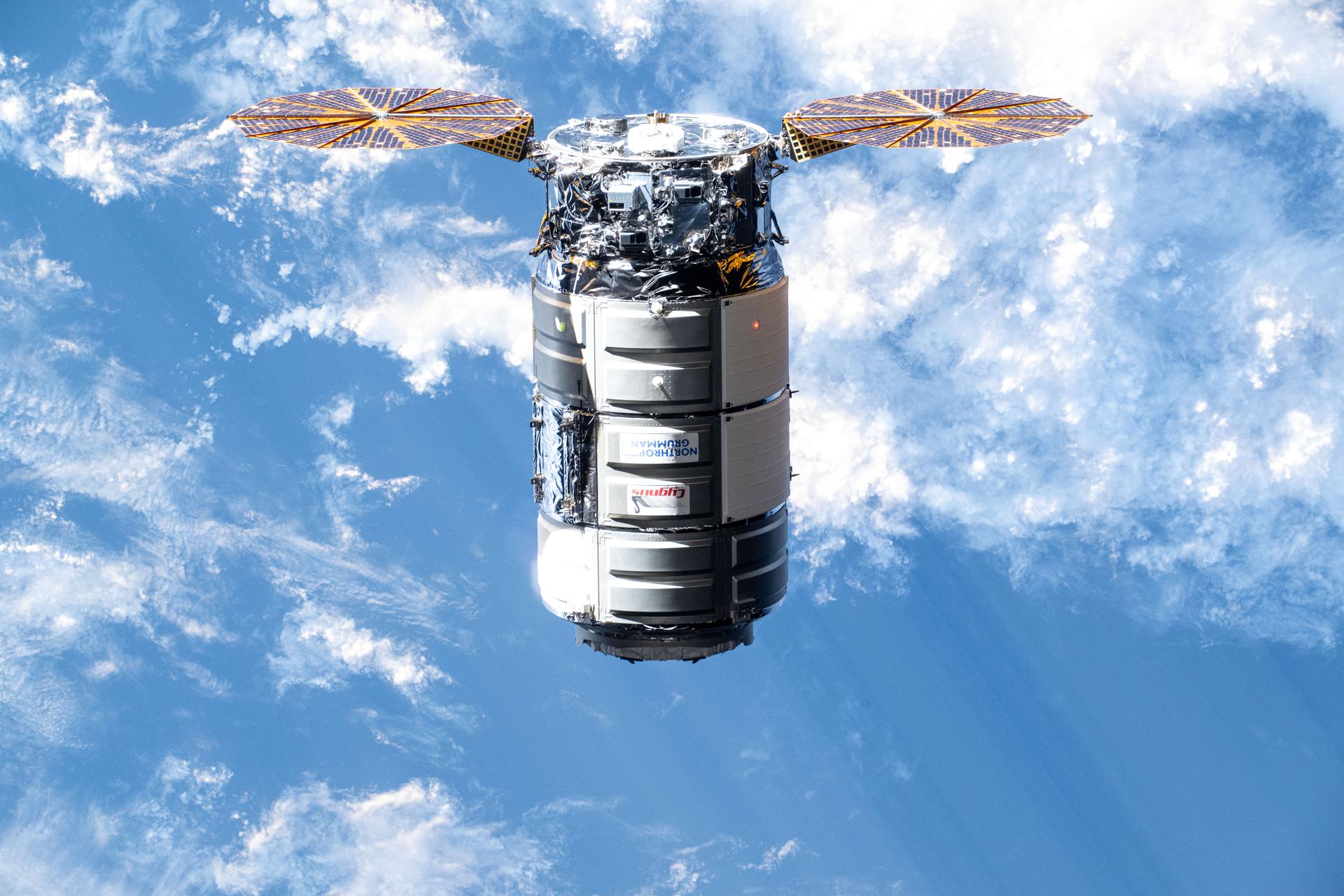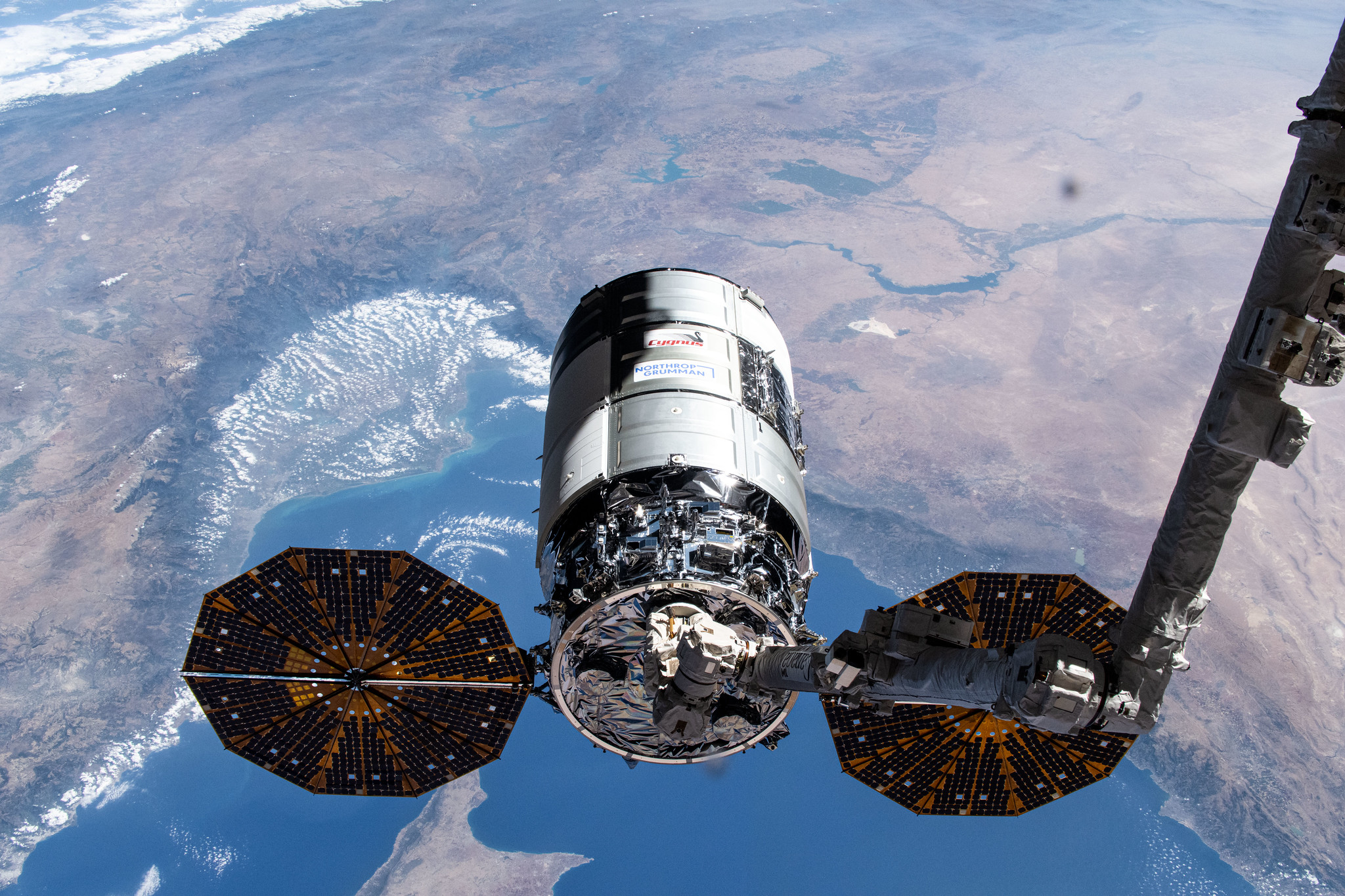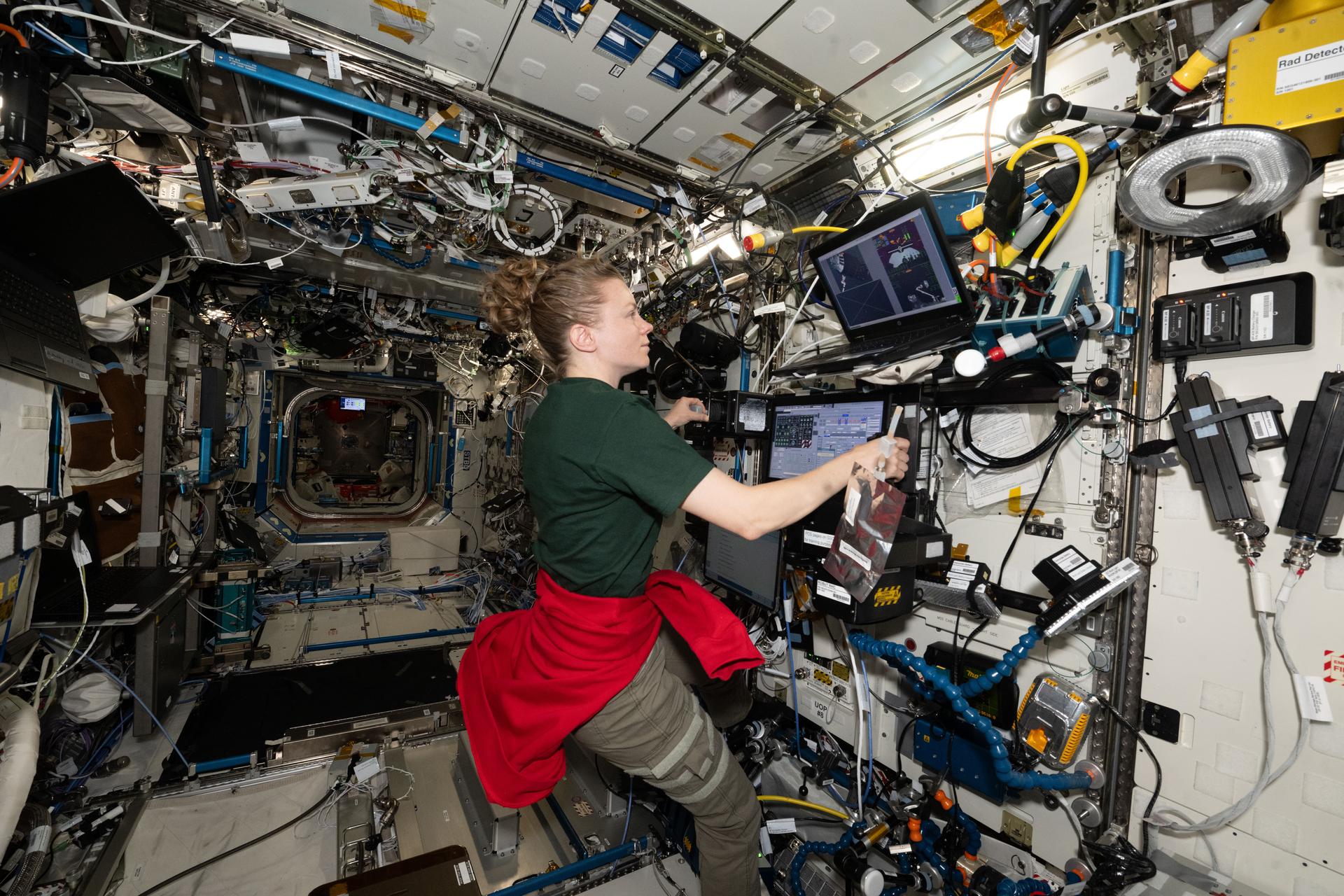Cygnus XL Cargo Craft Captured by Station Robotic Arm
At 7:24 a.m. EDT, NASA astronaut Jonny Kim, with assistance from NASA astronaut Zena Cardman, captured Northrop Grumman’s Cygnus XL spacecraft using the International Space Station’s Canadarm2 robotic arm.
Mission control at NASA’s Johnson Space Center in Houston will use the Canadarm2 to position the spacecraft to its installation orientation. It then will guide Cygnus XL in for installation to the Unity module’s Earth-facing port.
NASA will provide coverage of the spacecraft’s installation at 9 a.m. on NASA+, Amazon Prime, and more. Learn how to watch NASA content through a variety of platforms, including social media.
NASA’s Northrop Grumman Commercial Resupply Services 23 mission launched at 6:11 p.m. on Sept. 14 on a SpaceX Falcon 9 rocket from Space Launch Complex 40 at Cape Canaveral Space Force Station in Florida, carrying more than 11,000 pounds of scientific investigations and cargo to the orbiting laboratory.
Learn more about station activities by following the space station blog, @NASASpaceOps and @space_station on X, as well as the ISS Facebook and ISS Instagram accounts.
Powered by WPeMatico
Mark A. Garcia







